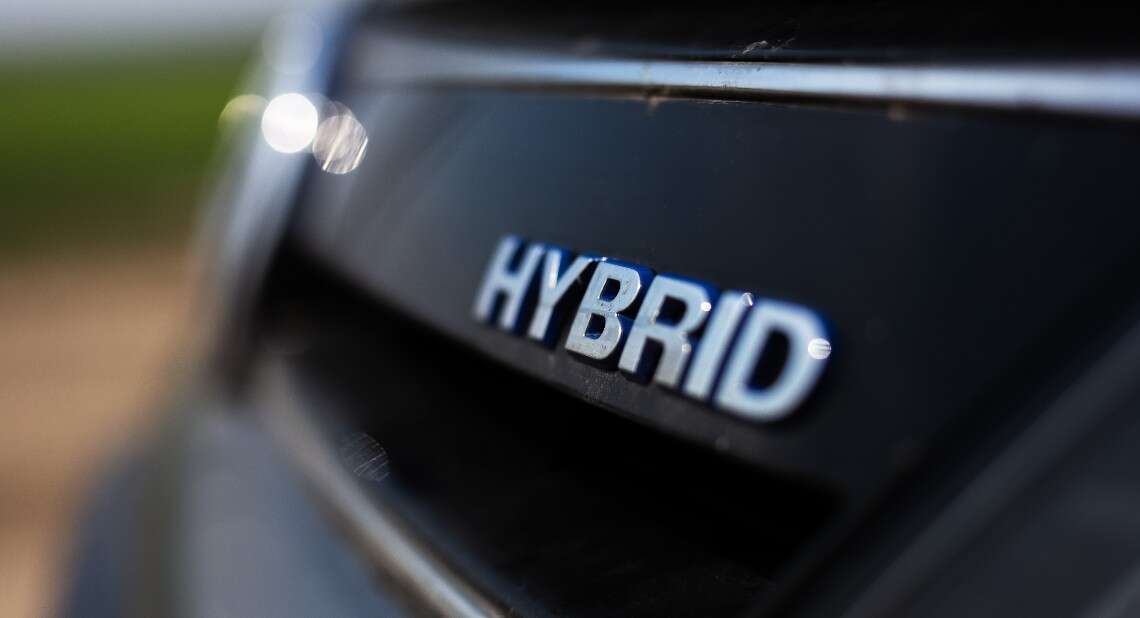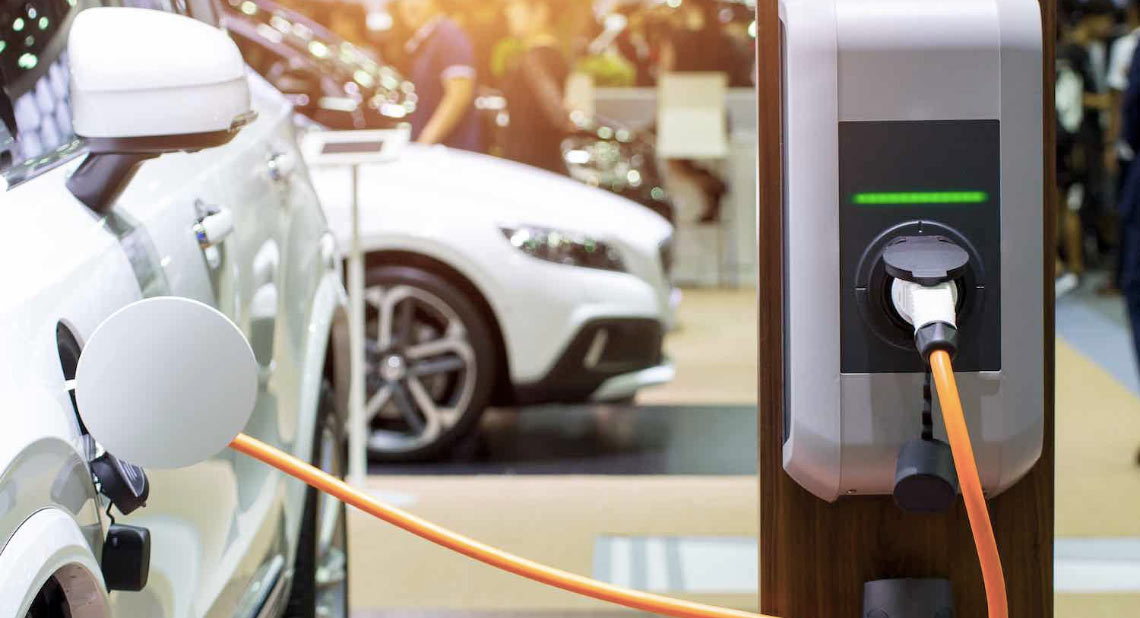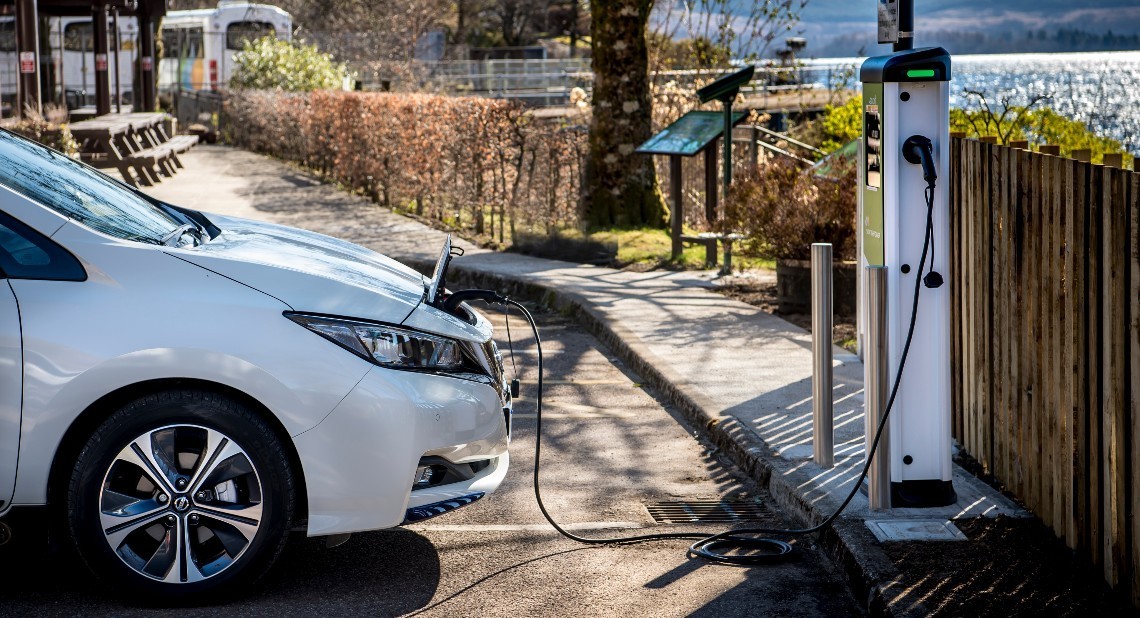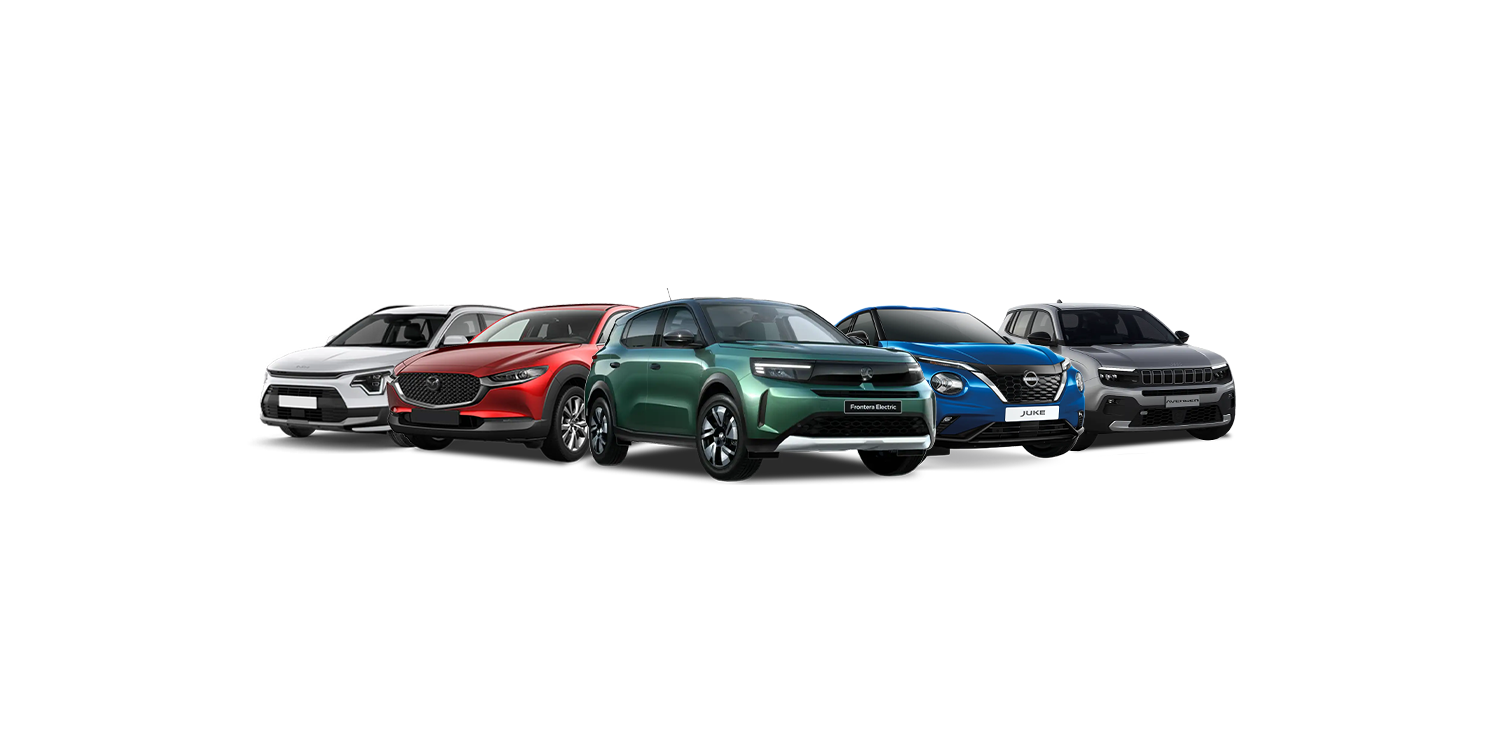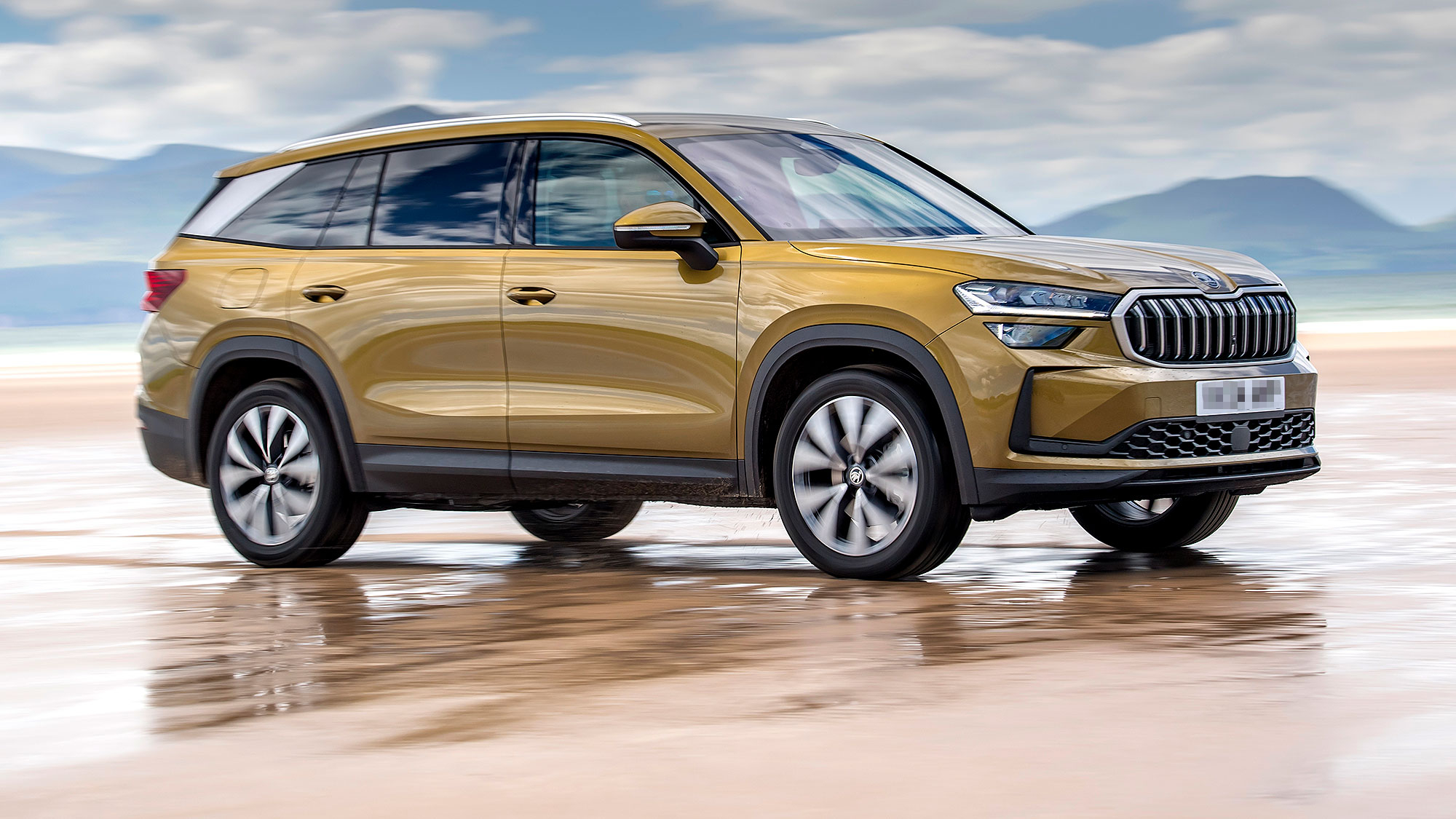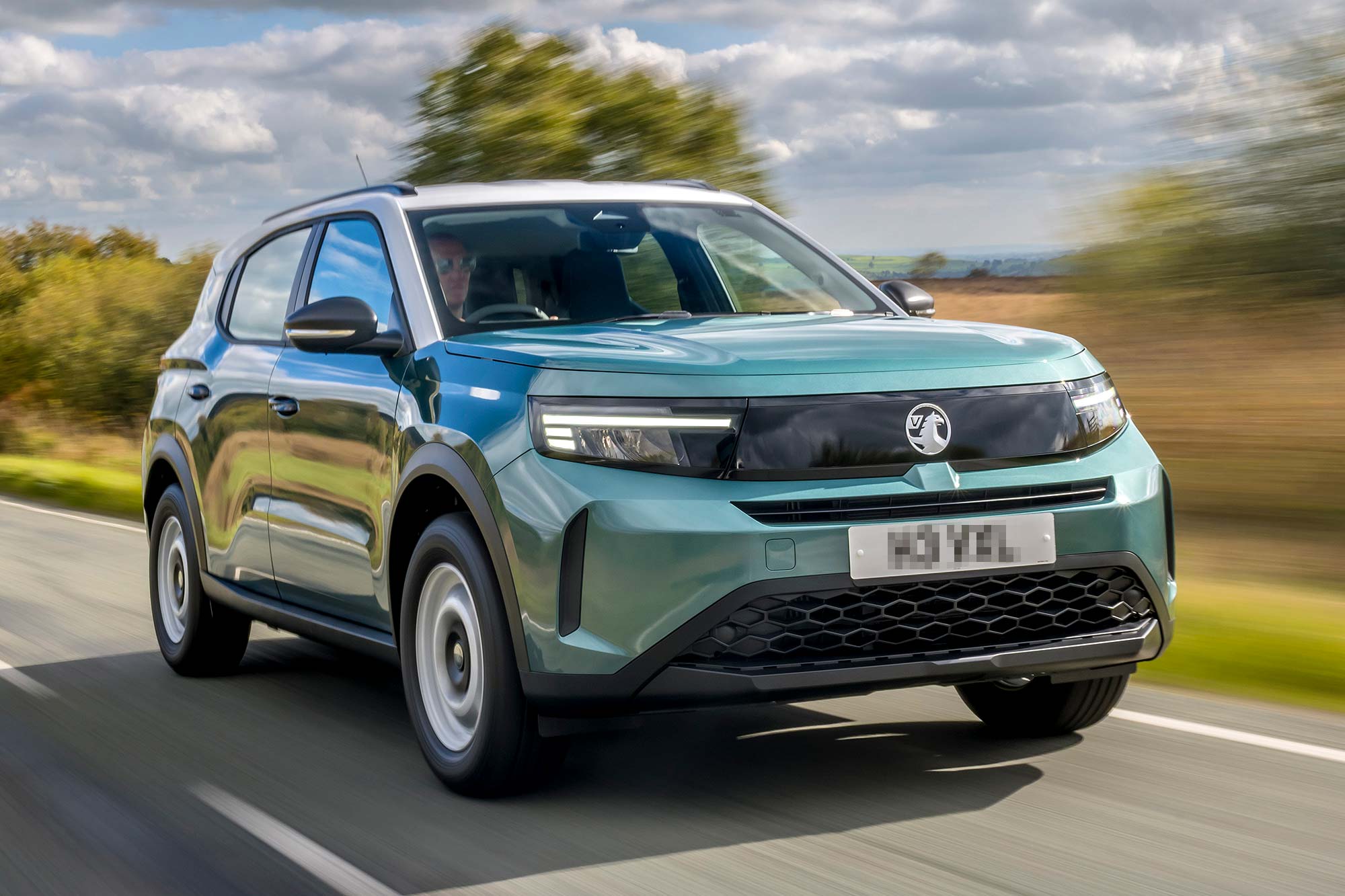Ever wondered how hybrid cars work or if they could be right for you? Read this article by Nick Harper to learn all about hybrids, including answers to some of the most commonly asked questions.
If you’re considering switching from a petrol or diesel-fuelled car to a more fuel-efficient and greener alternative, the obvious option is to look at an electric vehicle (EV). However, there’s another very valid alternative to consider if you’re not ready to switch to electric just yet: hybrid cars.
Designed to sit somewhere in between traditional fossil-fuelled cars and modern EVs, hybrids combine elements of both, and can be a good option to consider depending on your driving habits. But because there is more than one type of hybrid car, knowing which one would suit you can be confusing.
The following questions will help you understand the basics of how hybrids are designed, how their components work, and if they might be the right choice for your next car.
What is a hybrid car?
A hybrid car is a vehicle with more than one way of being powered – it uses a petrol or diesel engine along with an electric motor (which is powered by energy stored in a battery). Hybrids have grown in popularity as they can often be more fuel-efficient and less harmful to the environment than traditional fossil-fuelled cars, and don’t require some of the lifestyle changes that EVs do.
How many types of hybrid cars are there?
There are three main types of hybrid:
-
Full hybrids (HEVs)
Full hybrids, also known as self-charging hybrids, can be driven either using the combustion engine (which is typically petrol-fuelled) or by using electricity. When you drive, the battery is charged by the excess energy created when the driver presses the brake pedal (regenerative charging). The energy is stored to be used when needed – usually at low speeds and for short distances, often when first pulling away and stop-starting in traffic.
When the electric battery is drained of power, the combustion engine kicks back in. You don’t have to worry about charging these cars, so they feel quite similar to traditional cars with the benefit of improved fuel-efficiency.
-
Plug-in hybrids (PHEVs)
Plug-in hybrids have a combustion engine and an electric motor as well, but unlike ‘full hybrids’ these can also be plugged in and charged like a standard electric vehicle. With a much larger battery than full or mild hybrids, they can be driven on electric power alone for between 30 to 50 miles before the combustion engine automatically takes over.
If you aren’t able to charge the battery for any reason, plug-ins also have the option to run the entire journey on petrol or diesel – helping to reduce any range anxiety you might have. However, if you don’t think you’ll be able to charge regularly, you’re better off not getting a PHEV as you won’t benefit from its charging capabilities.
-
Mild hybrids (MHEV)
Mild hybrid cars are also an option with both a combustion engine and an electric motor. However, unlike full hybrids and plug-ins, the motor in a mild hybrid can only assist the engine in helping it run more efficiently – it can ‘t be driven on electric power only. In general, the electric motor will assist the engine during hard acceleration and improve stop-start efficiency. Though they can be less economical than many full hybrids and plug-ins, it’s reported that a car with mild hybrid technology can be as much as 15% more efficient than a petrol equivalent.*
All three hybrid types are available to lease on the Motability Scheme.
Search the full range
If you’d like to join the 650,000 customers already enjoying the benefits of an all-inclusive lease package through the Scheme, explore the full range of cars available using our Car Search tool to narrow down your options.
Are hybrids better for the environment?
Fully-electric vehicles can be better for the environment than fossil-fuelled cars. A hybrid can be a greener alternative than a petrol or diesel car, but this is mainly just when it uses the electric battery element rather than its combustion engine.
If you make lots of short journeys using just the electric battery and are able to recharge your vehicle frequently, a hybrid will emit much less CO2 into the environment than a fossil-fuelled car.
But if you rely more on your hybrid’s combustion engine, your vehicle will produce similar emissions to a petrol or diesel car. As a result, plug-in hybrids have the most potential to reduce your carbon footprint significantly, but only if driven using the battery (as it is intended to be used).
Is a hybrid cheaper to run?
Hybrids can use as much as 30% less fuel per mile than petrol and diesel cars, increasing your fuel economy and reducing your running costs. * But again, this is determined by the types of journeys you make. If you only make short journeys and have reliable access to charging points, a plug-in hybrid can be even more economical than a standard hybrid, as most of your journeys will use electricity only.
If you make mostly longer journeys, however, and your car relies on the petrol or diesel engine quite heavily, your fuel economy will fall and your fuel costs will increase. Also, be aware that the fuel efficiency of plug-in hybrids drops during longer journeys as their heavy batteries make them less economical than conventional petrol or diesel cars.
Is a hybrid cheaper to tax?
The general rule is that the lower the emissions a car creates, the lower the tax you’re likely to pay. That’s why electric vehicles don’t pay any car tax – Vehicle Excise Duty, or VED – to drive and park on UK roads. If you are a Motability Scheme customer with a disability, you may be exempt from paying car tax.
If you are not exempt, you could likely save a little money on car tax if you switch from a petrol or diesel car to a hybrid. However, the difference is in the tens of pounds rather than the hundreds or thousands, and the exact figure depends on each car’s specific emission levels.
Be aware also that hybrids are often more expensive to insure than fossil-fuelled cars, due to the components used to make them being more specialised. However, on the Motability Scheme the cost of your insurance is covered as part of your lease package.
Is a hybrid right for you?
The types of journeys you make are likely to be the biggest influence on this decision if a hybrid car is right for you. If you make mainly short journeys around towns or cities with a high number of charging points, changing to a full or plug-in hybrid may make sense. If you live away from charging points and make mainly longer journeys, a hybrid is harder to justify.
It’s important to know that if you are considering a plug-in hybrid, the Motability Scheme does not provide any support with charging. However, if you lease your first fully-electric car on the Scheme, we will arrange and cover the standard cost of a home chargepoint and its installation, if you have suitable off-street parking.
Learn more about hybrid cars here
Find out about the differences between hybrid and electric cars here
Interested in joining the Scheme?
About the Scheme
The Motability Scheme offers an all-inclusive package. If you are in receipt of a qualifying mobility allowance you can use it to lease a car, scooter, powered wheelchair or Wheelchair Accessible Vehicle. The Scheme provides flexible and hassle-free access to a brand-new, reliable vehicle of your choice. As well as a great choice of cars, we also provide a wide range of Wheelchair Accessible Vehicles, scooters and powered wheelchairs.
Eligibility
To join the Scheme, you must be in receipt of one of the following mobility allowances:
- Enhanced Rate of the Mobility Component of Personal Independence Payment (PIP)
- Higher Rate Mobility Component of Disability Living Allowance (DLA)
- Higher Rate Mobility Component of Child Disability Payment – Scotland
- War Pensioners’ Mobility Supplement (WPMS)
- Armed Forces Independence Payment (AFIP)
You can easily check whether you’re eligible to join the Motability Scheme by using our eligibility checker tool.
*Statistics taken from WhatCar and The RAC
Related articles
How to save money and fuel by ‘eco-driving’
Expert car picks from the new Motability Scheme price guide
Electric cars available on the Motability Scheme
![]()
